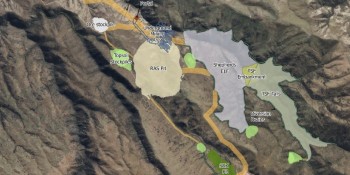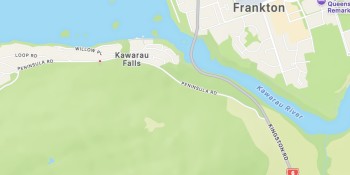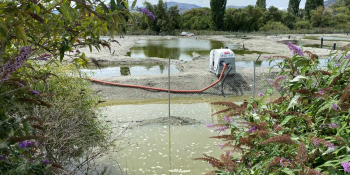
MAC students shine at regional science fair
Te Kura o Tititea Mount Aspiring College Year 7 students Lachlan Manson and Charlie Burgess have won premier awards at the 2023 Aurora Energy Otago Science and Technology Fair.
Lachlan (Lachie) won the Premier University of Otago Centre for Sustainability award for his project entitled ‘Snot vs Glass’ that looked at how didymo compared with pink batts as an insulation material, and Charlie won an Otago Institute for Arts and Science mātuaranga Māori award for his study of the Māori wind instrument pūrerehua.
In a statement announcing the achievements Principal Nicola Jacobsen says it is wonderful to see students being recognised for applying the scientific method to conduct their own research and document the results.
“Each year, every Year 7 and 8 student creates a science board based on their own research and it’s amazing to see the variety of topics they choose to explore.
“We place a strong focus on scientific literacy at the college so it is wonderful to see our Year 7 students embracing science with such passion and creativity.”

The winning science experiments (Image: Supplied).
Lachie says the inspiration for his project was to find an alternative to pink batts insulation.
“Didymo is a type of algae and it’s a pest in our rivers so I wanted to see if it could be used for something more environmentally friendly.
“I discovered that using dried didymo as insulation achieved temperatures that were only one degree cooler than using pink batts.
“This was warmer than I expected and means didymo could work as insulation while also helping to clean our rivers.”
Lachie says the most exciting part of the project was harvesting the didymo at the Hāwea River.
“We went to the river and ripped the didymo off the fence and put it into buckets. which was really fun.”
Charlie says he wanted to understand the relationship between the length of a pūrerehua cord and the sound it produced.
“When you swing a pūrerehua, it makes a whirring sound.
“I researched what length of string was likely to make the loudest noise and I found out it was 60 centimetres.
“When I tested three different lengths of string and measured the decibels on an app, I discovered that a 60 centimetre cord did produce the loudest noise.”
Main image (Supplied): Te Kura o Tititea Mount Aspiring College Year 7 students Lachlan Manson, left, and Charlie Burgess.






























